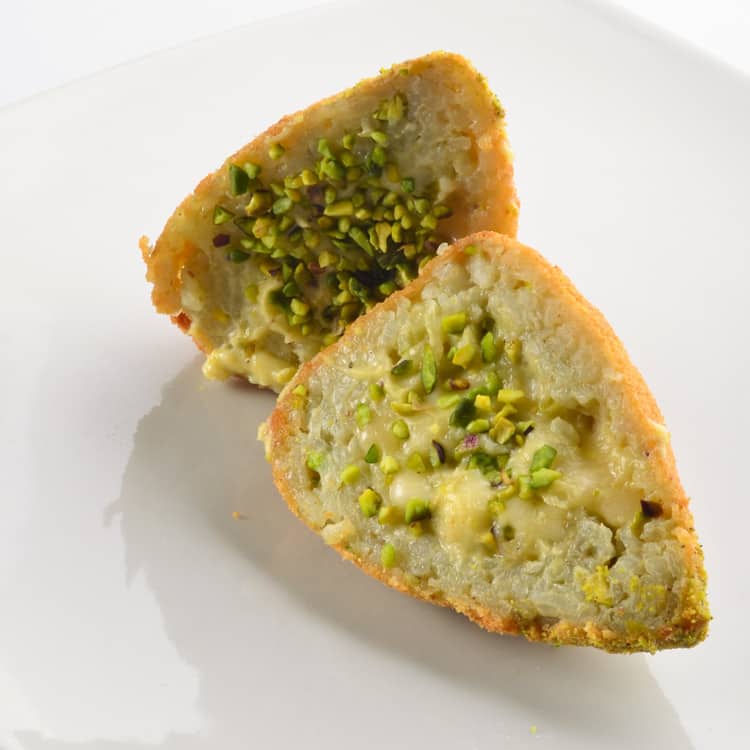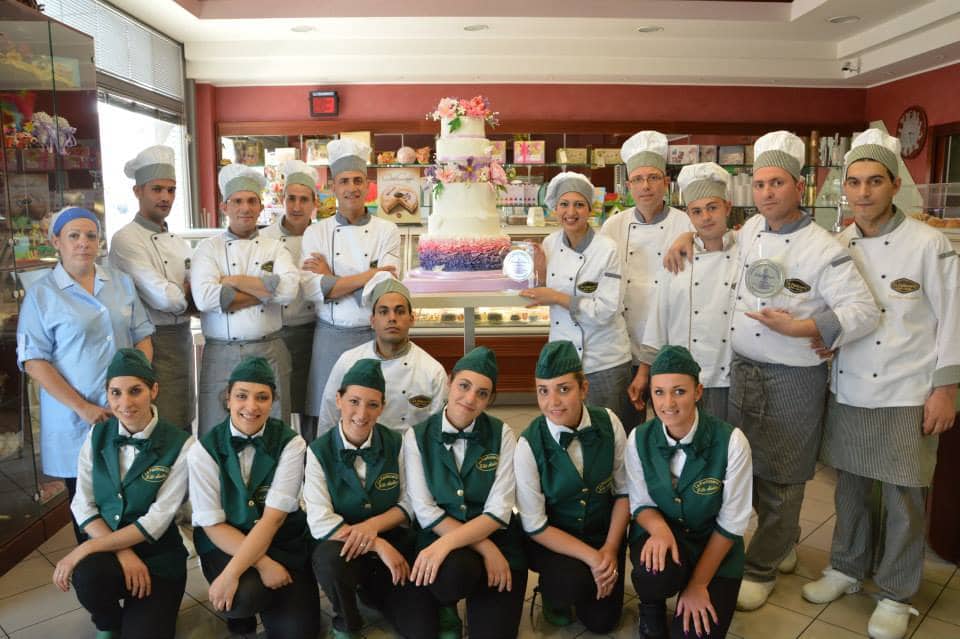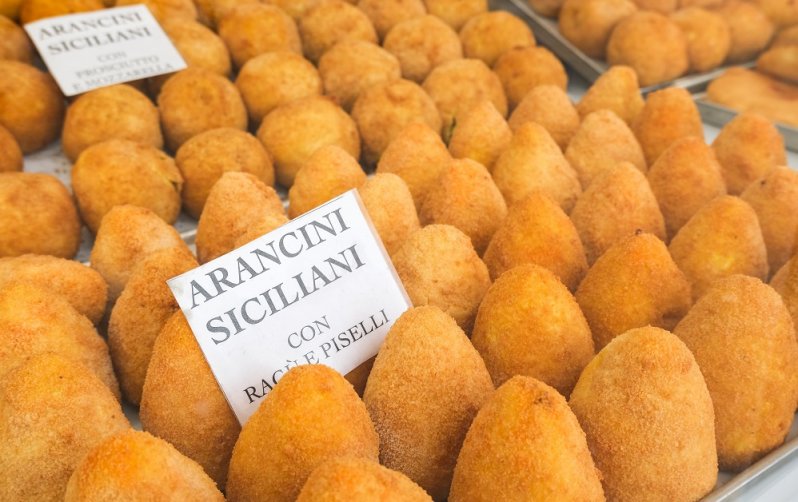
History and Curiosity
There is not an inventor of the arancini since they are food born from popular tradition and which have undergone many transformations throughout history. The versions that we enjoy today are nothing more than the result of many variations. However, it is possible to place the beginning of the preparation and consumption of the first prototypes of the arancini at the time of the Arab domination of Sicily (827-1091). Arabs used to eat rice timbale (invented by the emir Ibn al Thumna) flavored with saffron. During banquets, there was a tray placed at the center of the table, full of saffron rice, eaten by rolling it in the fist and seasoning it with lamb and vegetables. The typical breading come later, with the reign of Frederick II, because the breading would have ensured excellent preservation of the rice and seasoning, as well as better transportability. Indeed, initially, arancino was considered mainly a take-away food, eaten by workers during countryside works or hunting.
After the discovery of America, tomatoes were also introduced as an ingredient, and, over time, they were used to prepare the ragù, which is used today as one of the main ingredients. There is also a day to celebrate the arancino (called Arancin* day): 13 December, which coincides with the celebration of Saint Lucia. No bread or pasta for that day on which, according to Christian tradition, when the martyrdom of Saint Lucia took place. In Sicily, people eat only arancini (and cuccia, which is another typical Sicilian preparation). On 13 December, only rice (hence the arancini of all flavors and shapes), vegetables, and pulses, as the girls of the people believed they helped to have beautiful eyes (Santa Lucia is considered the protector of eyes).
Traditional Flavours and Creative Variants

The versatility of the arancino has been exploited for various culinary experiments.
The most popular arancini in Sicily are those with meat sauce (with peas and carrots), those with butter (with mozzarella and ham), and those with spinach (also topped with mozzarella), while in Catania are popular the arancino alla catanese (with aubergine) and pistachio of Bronte.
The arancino can be traditionally salty, or sweet with cocoa and sugar, pistachio cream, or gianduia.
La Pasticceria by Aiello Bros.

About the author
Written on 19/04/2021



Eleonora Monaco
Arancini are among the most popular Sicilian recipes in the world. Whether traditional or gourmet, the beloved rice ball continues to be eaten by all.